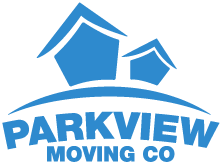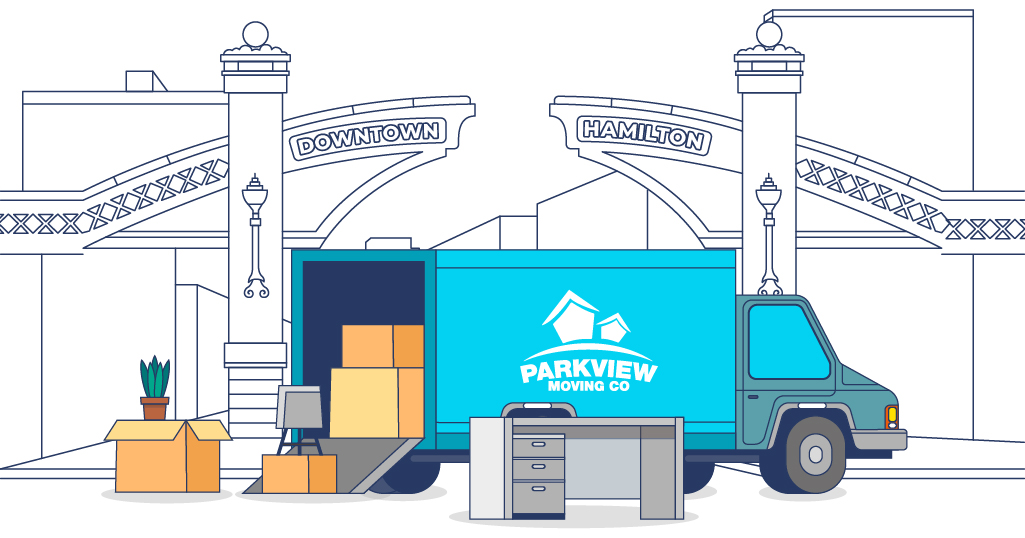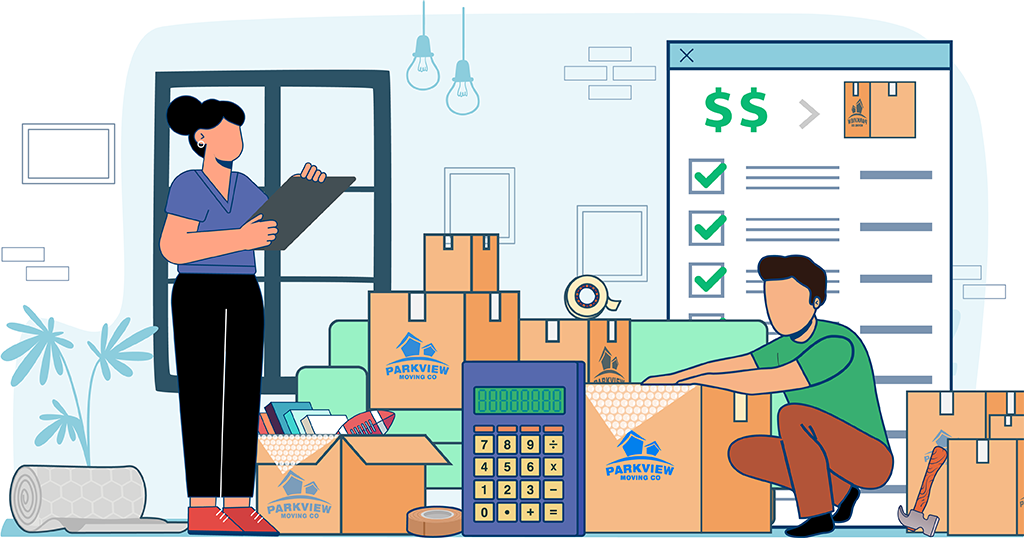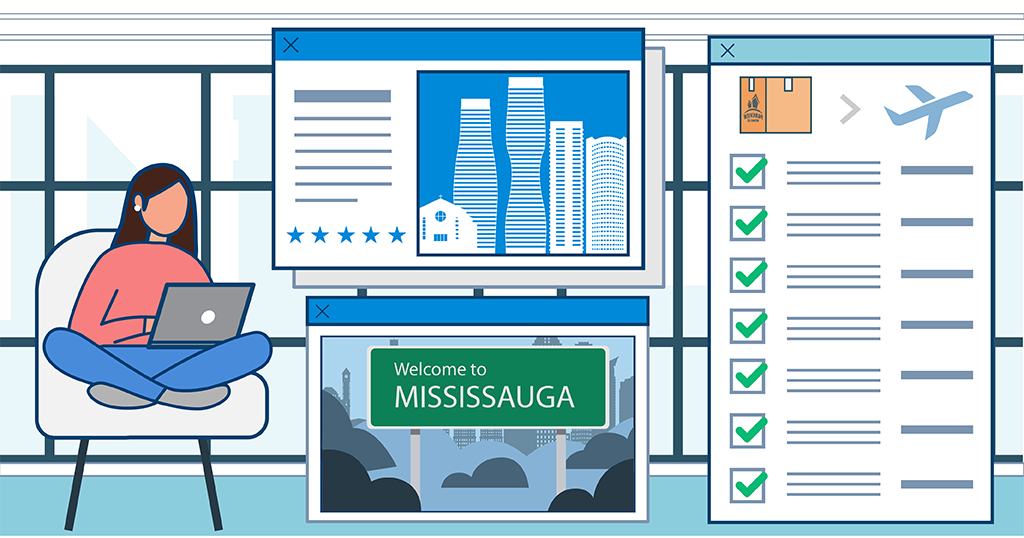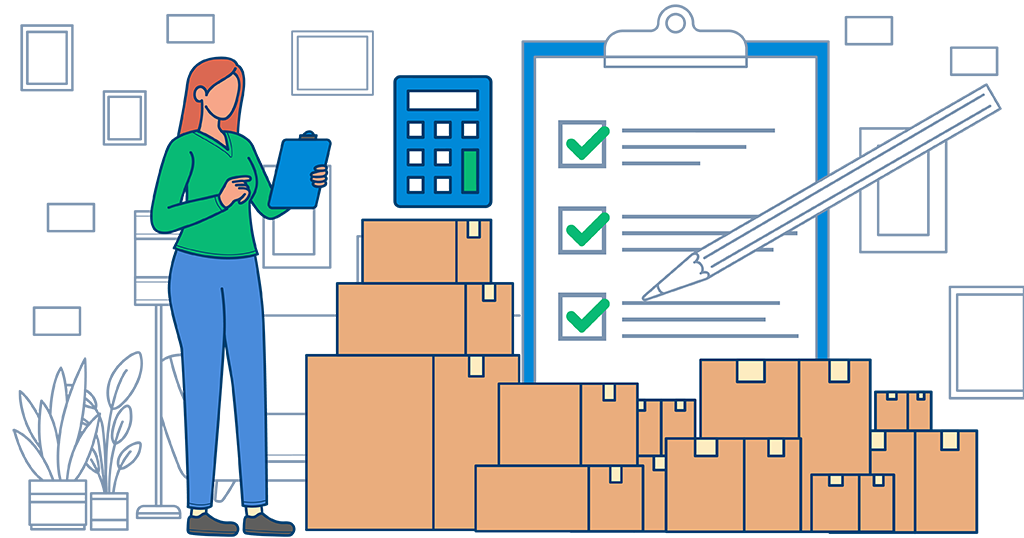
Planning a move? Discover essential moving budget tips to manage costs effectively. Moving to a new home can be an exciting milestone, but it also comes with expenses that can add up quickly. Without a clear budget, costs can spiral out of control, leading to unexpected financial stress. Whether you’re relocating across town or across the country, planning your moving budget ahead of time will help you stay on track and avoid unnecessary surprises.
In this guide, we’ll break down the essential steps to creating a moving budget, covering everything from professional movers to hidden costs you might not have considered. Check out our moving checklist for additional planning resources and budgeting advice.
Step 1: Determine Your Moving Costs with Moving Budget Tips
The first step in budgeting for your move is identifying all potential expenses. While some costs are obvious, others can catch you off guard. Here are some key expenses to consider:
1. Hiring Professional Movers
If you’re hiring a professional moving company, make sure you request a quote so there’s no surprises on moving day. Costs typically depend on:
- Distance: Local moves are generally charged by the hour, while long-distance moves are based on weight and mileage.
- Size of the Move: The more items you have, the higher the cost. Downsizing can help reduce expenses.
- Additional Services: Packing, unpacking, furniture disassembly, and storage may come at an extra charge.
2. Renting a Truck or Moving Container
If you’re planning a DIY move, factor in the cost of renting a moving truck or a portable storage container. Keep in mind these cost-saving strategies:
- Truck rental rates vary based on size and rental duration.
- Fuel costs can add up, especially for long-distance moves.
- Some companies charge additional fees for mileage, insurance, and equipment rental (like dollies or furniture pads).
3. Packing Supplies for Your Moving Budget
Packing materials are often overlooked but can be a significant expense. Common supplies include:
- Moving boxes (consider getting free boxes from local stores)
- Packing tape and bubble wrap to keep costs within budget.
- Protective covers for furniture and mattresses
- Labels and markers for organization
4. Travel Expenses
If you’re moving long-distance, factor in travel costs such as:
- Gas, tolls, and overnight accommodations
- Flights or train tickets for family members
- Meals and snacks during travel
5. Temporary Storage Costs
If your new home isn’t ready on move-in day, you may need to budget for temporary storage fees.
6. Insurance and Liability Coverage
Most moving companies offer basic liability coverage, but it may not fully protect valuable items. Consider purchasing additional moving insurance for peace of mind.
Step 2: Set a Moving Budget with Practical Tips
Once you’ve listed your potential expenses, set a realistic budget based on your financial situation. Here’s how to apply effective strategies:
- Determine your total moving fund: How much can you afford to spend?
- Prioritize expenses: Focus on must-have services first, then allocate funds for optional costs.
- Look for ways to save: Can you cut back on non-essential costs? Maybe there’s a spare room in your new home that can be left unfurnished for the first month?
Step 3: Plan for Hidden and Unexpected Moving Costs
Even with careful planning, unexpected expenses can arise. Be prepared for:
- Last-minute packing supplies
- Additional labour fees if the move takes longer than expected
- Emergency repairs or cleaning fees for your old or new home
- Utility deposits and activation fees for electricity, water, and internet
It’s wise to set aside an emergency fund of at least 10-20% of your estimated moving costs to cover surprises.
Step 4: Find Ways to Save on Moving Costs with Expert Tips
There are several ways to reduce expenses while still having a stress-free move. Apply these practical suggestions:
- Declutter before you pack: Sell, donate, or dispose of items you no longer need to reduce moving costs.
- Move during the off-season: Summer is the busiest (and most expensive) moving season. Consider moving in the fall or winter for lower rates.
- Use free packing materials: Instead of buying new boxes, check grocery stores, bookstores, or online marketplaces for free supplies.
- DIY some tasks: If you’re comfortable packing yourself, you can save on professional packing services.
Step 5: Track Your Moving Expenses Effectively
Once your move is in progress, keep track of all your spending to ensure you stay within budget. Use a spreadsheet, budgeting app, or even a simple notebook to monitor costs and adjust as needed.
Step 6: Review and Adjust Your Moving Budget After the Move
After you’ve settled into your new home, review your actual moving costs compared to your initial budget. This will help you:
- Understand where you overspent or saved money.
- Plan better for future moves.
- Identify areas where you can claim tax deductions (if applicable, such as work-related relocations).
Budgeting for a move may seem overwhelming, but with careful planning, you can keep costs under control and reduce stress. By understanding your expenses, setting a clear budget, and looking for savings opportunities, you’ll ensure a smooth and financially manageable relocation.
If you’re planning a move and need professional assistance, Parkview Moving is here to help. Contact us today for a quote and expert moving services tailored to your needs!

